Climbing wall
Rock climbing site - Climbing wall
Les Allues
The first tourist Via ferrata was created in Austria in 1843. Subsequently developed by the Italian army to allow Alpine troops to cover mountain trails with heavy equipment, these facilities multiplied in Europe. In France, the first leisure-orientated Via Ferrata appeared in 1988.
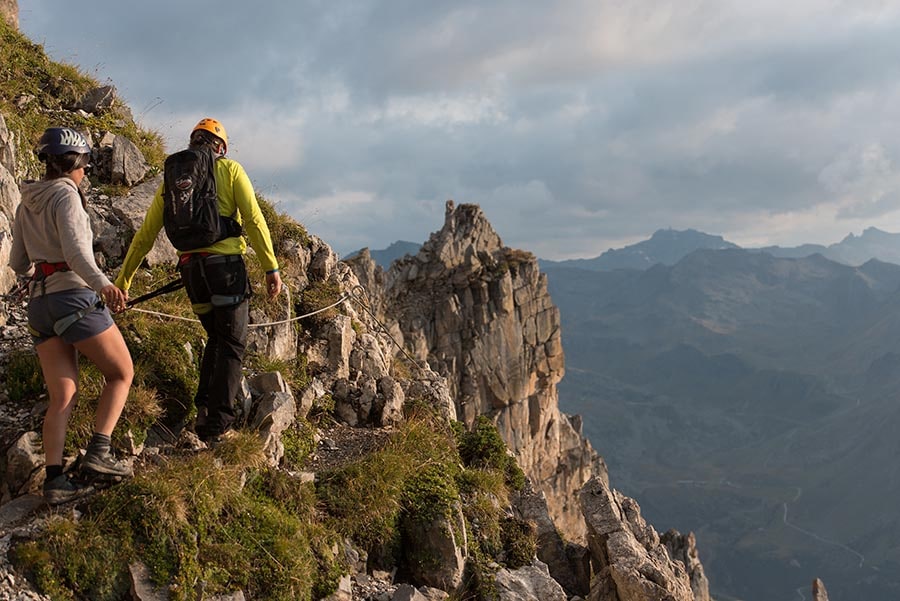
Mostly practised in highland areas, Via Ferrata combines hiking and climbing.
The adapted itinerary on a rocky wall is equipped with specific metal equipment to help the climbers continue along the route: rungs, ramps, nets, girders, walkways, rope bridges, etc.
For optimal safety, a cable (lifeline) secured like a handrail at different anchor points allows Via Ferrata climbers to self-belay.
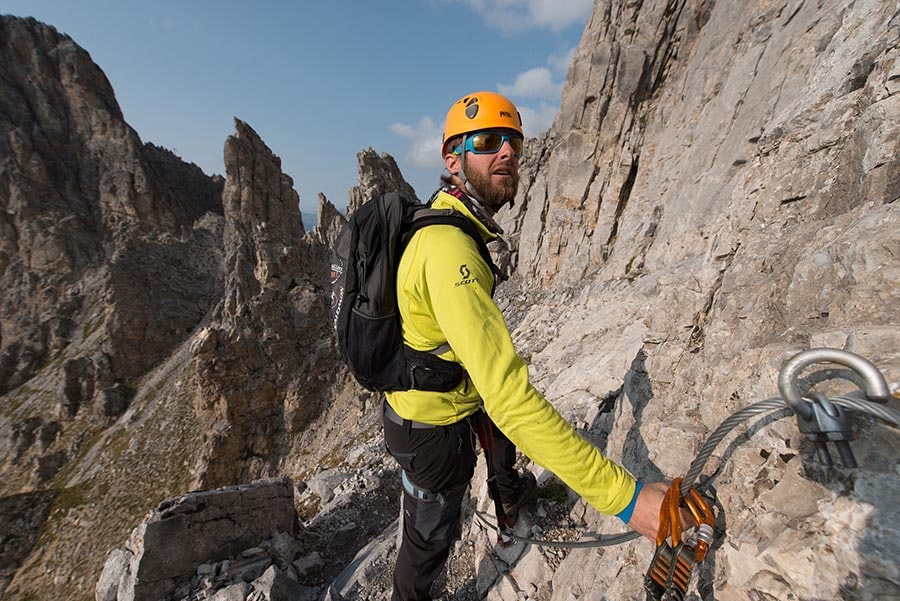
Climbers continue along the route while constantly attached to the cable using snap hooks on the Via Ferrata lanyard.
Thanks to the equipment, Via Ferrata does not require climbers to have any technical expertise.
However, it is a climbing sport. You therefore need to be in good physical condition, as well as strictly adhere to safety rules. And this goes for experienced climbers and those without vertigo!
If necessary, a professional on site can provide essential guidelines for a fun and 100% safe experience.
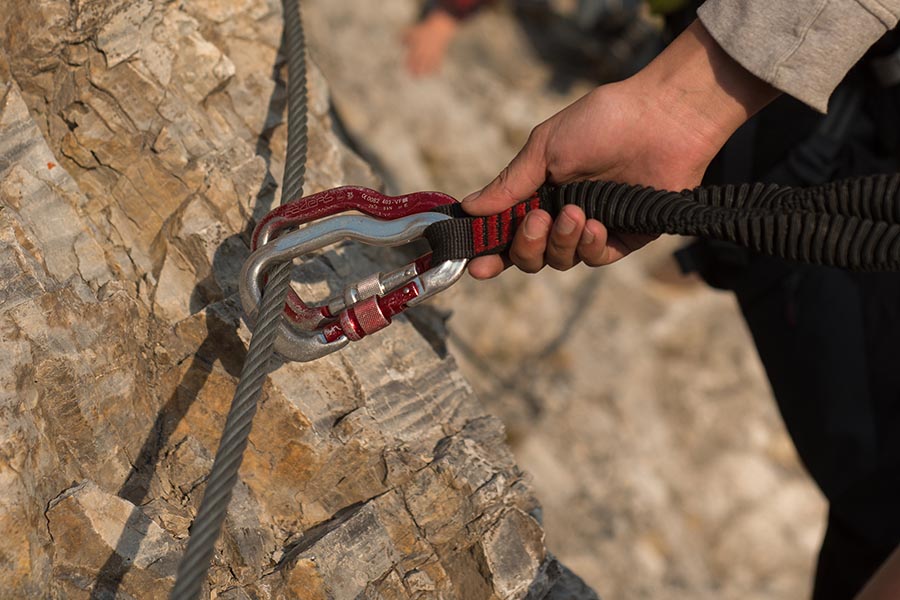
For comfort and safety reasons, it is important to have equipment that is adapted to the route and the climber’s experience.
Other than lanyards and the shock absorber specific to Via Ferrata, the equipment is essentially the same as that used in regular climbing and mountaineering.
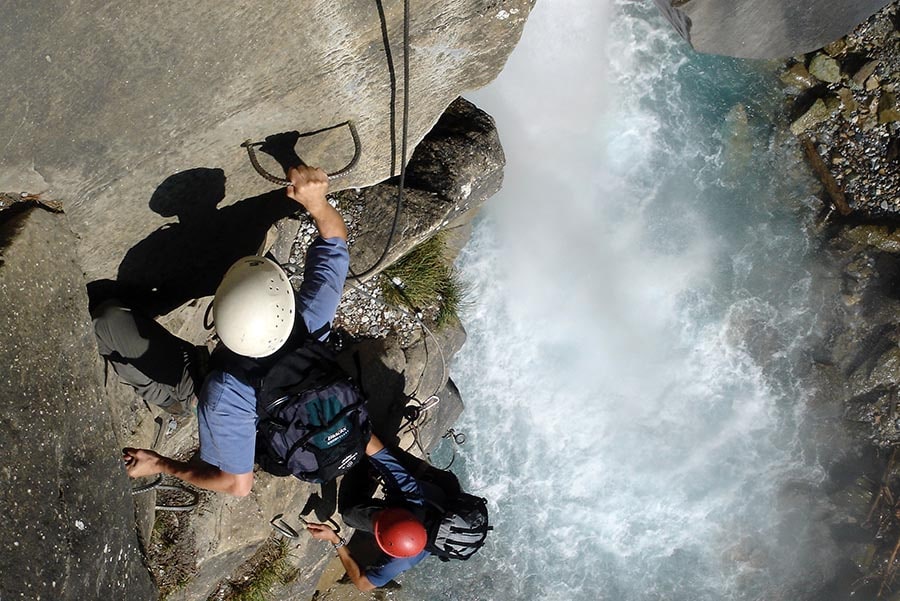
Traditionally, the difficulty levels in Via Ferrata are those used in all mountain sports: A (easy), B (moderately difficult), C (difficult), D (very difficult), E (extremely difficult).
However, they have been refined over time.
Via Ferrata is now subjected to more specific gradings taking into account the following criteria:
1 - Itinerary "styles" :
- School: Suitable for beginners, accessible to children.
- Sporty itineraries: acrobatic but without exposure to any significant risks.
- Mountain: in the highlands or high mountain ranges, requiring substantial alpine commitment (or “seriousness").
- Adventure: for mountain-climbers or alpine hikers only.
2 - Difficulty assessment
Each Via ferrata is also graded according to four criteria.
For each one, the grading goes from 1 to 4.
1 – Athletic : This is the most important factor which takes the steepness of passages and their repetition into account.
2 -Drop : Overview of the itinerary height, exposure to drops and its impressive nature.
3 - Equipment : This criteria evaluates the quantity and quality of the equipment, as well as the degree of contact required with the rock.
4 – The terrain.
NB :Before accessing a Via Ferrata, you must check the weather conditions. It can indeed be dangerous when rainy or stormy.
With the highest summit at an altitude of 2700 metres, the Dent du Burgin Via Ferrata (also known as Croix des Verdons) is the highest in France! It is accessible via gondola from Méribel Mottaret.
The Lac de la Rosière Via Ferrata can be done from age 8. Two hours long, it reveals a beautiful itinerary overlooking the La Rosière lake.
The Plan du bouc Via Ferrata is a beautiful vertical hike in the heart of La Vanoise.
On the site of the Cascade de la Fraiche waterfall, the dizzying Pralognan Via ferrata is freely accessible to experienced climbers, or accompanied by a guide.
Guaranteed thrills!
NB : in most cases, there are picnic areas near the via ferrata sites.
Climbing involves moving along a wall to get to the top, with or without equipment.
Abseiling back down may also be on the programme!
Represented for the first time at the Olympic Games in 2020, climbing works the entire body and also the brain.
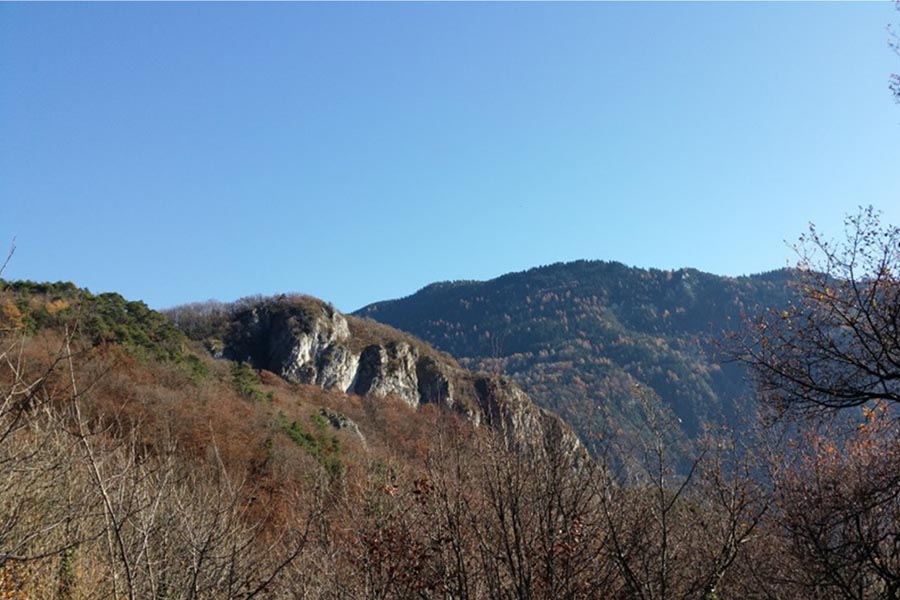
A few kilometres from Brides-les-Bains, overlooking the town of Moûtiers, Mont Secret Cliff is tucked away in pleasant surroundings, at an altitude of 800 metres.
Relatively extensive, the site is divided into 12 sectors and equipped with 140 routes.
Climbing enthusiasts will particularly enjoy the quality of the routes and the calmness of the location.
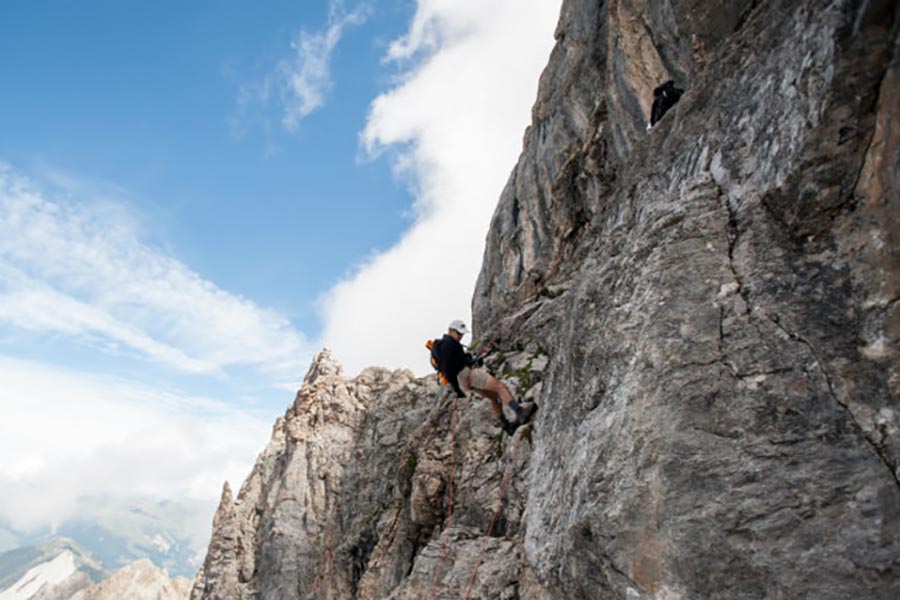
Between Moriond and Courchevel 1850, the climbing site of Praméruel has around fifty routes, spread over 8 sectors.
Most are for climbers with extensive experience.
Some, however, are accessible to beginners and a few are aimed at more experienced climbers.
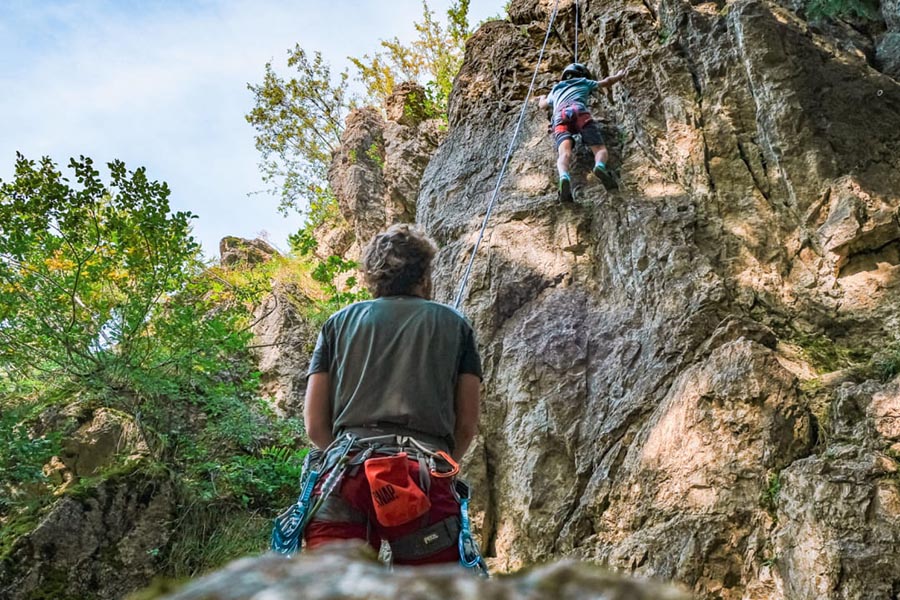
Around twenty kilometres from Brides-les-Bains, in Notre-Dame-du-Pré, le Rocher du Glaisy is perfect for climbing.
With 230 safe routes, it is appreciated by climbers of all levels and has a wonderful panoramic view, in the great outdoors.
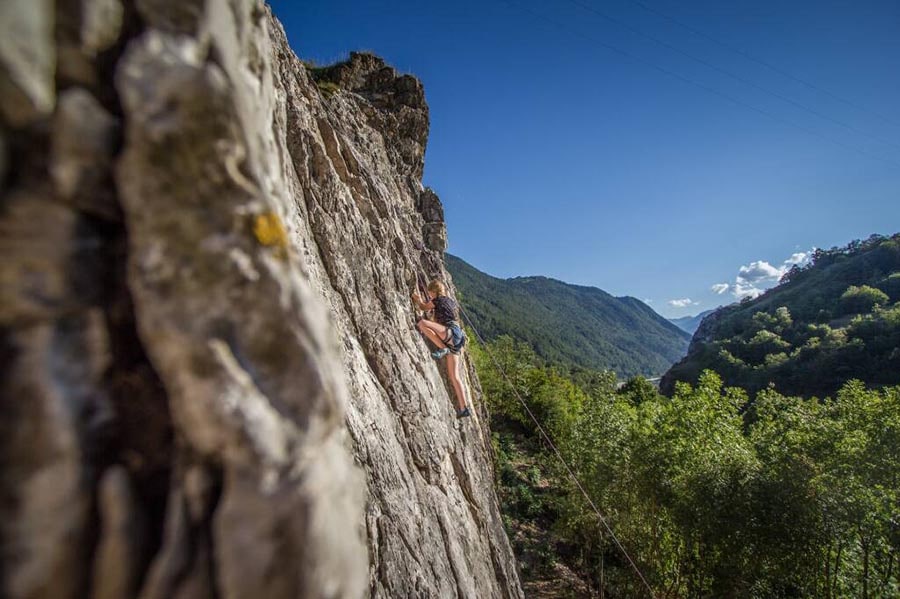
Not far from the town of Aime, around 20 minutes from Brides-les-Bains, the Villette climbing wall is easily accessible.
Aimed at beginners as well as experienced climbers, it has around forty routes.
If you want to try the unusual and fun experience of flying, ziplining is for you. Not far (as the crow flies!) from Brides-les-Bains, you’ll get a bird’s eye view!
Presented as a sort of taut metallic rope that you tie yourself to, ziplining allows you to fly over some incredible landscapes, at varying heights and speeds. Guaranteed thrills!
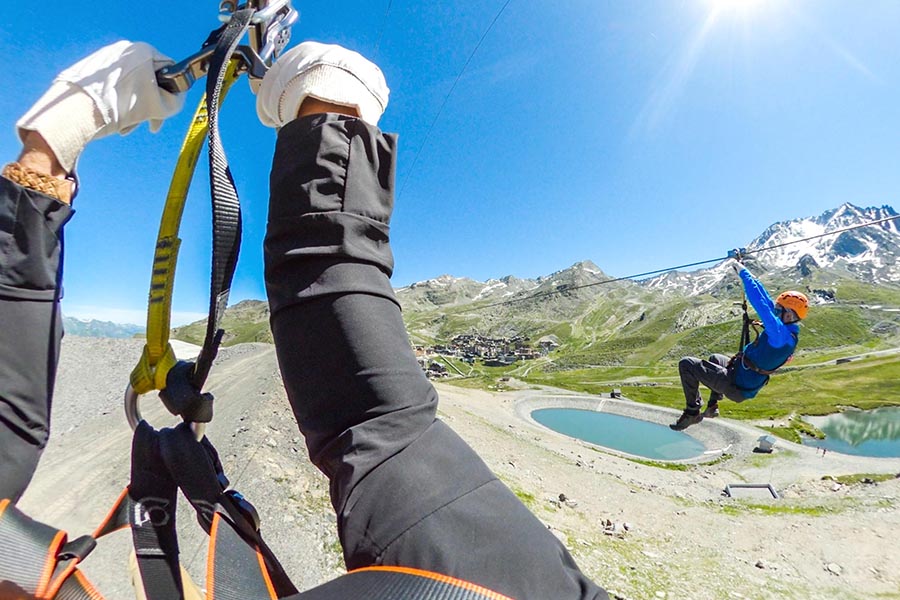
Perched at an altitude of 3000 metres, it is the highest mega zipline in the world! It flies (at 100 km/hour!) over one of the most beautiful glacial sites in Savoie, over a descent of 1300 metres.
With La Bee in Val Thorens, enjoy a duo flight in either summer or winter.
1800-metre descent, 80 km/hour, 65 metres high. Perfect for a double combination of pleasure and adrenaline!
Itineraries
Rock climbing site - Climbing wall
Les Allues
Rock climbing site - Miscellaneous sports - Room hire - Climbing wall - Gymnastics hall - Salle des fêtes
Bozel
Rock climbing site - Climbing route - Climbing site
Hautecour
Rock climbing site - Recreational activities - Climbing route - Picnic area - Climbing site
Notre-Dame-du-Pré
Rock climbing site - Via ferrata
Duration : 120 min
Courchevel
Rock climbing site - Via ferrata
Height difference : 375 m
Duration : 240 min
Les Belleville
Rock climbing site - Via ferrata
Duration : 90 min
Les Belleville
Rock climbing site - Via ferrata
Méribel
Rock climbing site - Via ferrata
Height difference : 120 m
Méribel